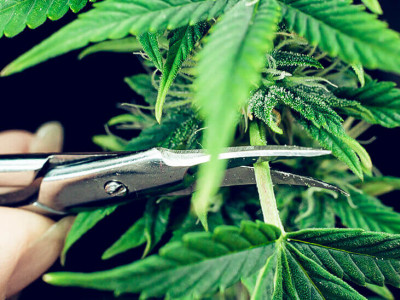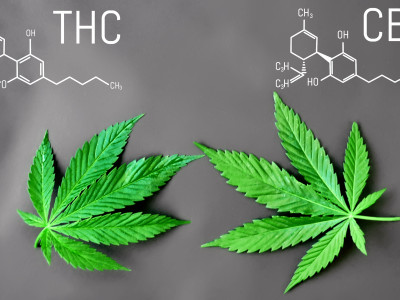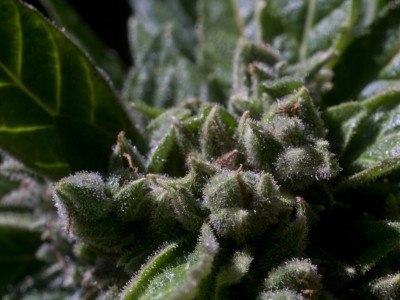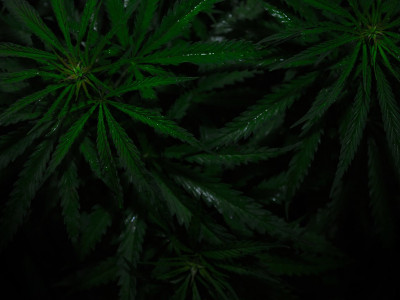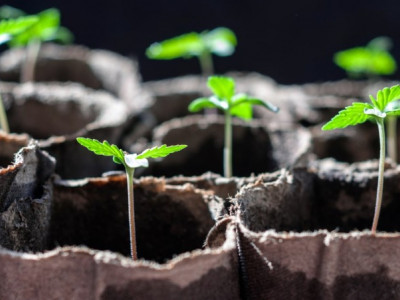0.00 грн.
CheckoutA look into history - how did autoflowering strains come about?
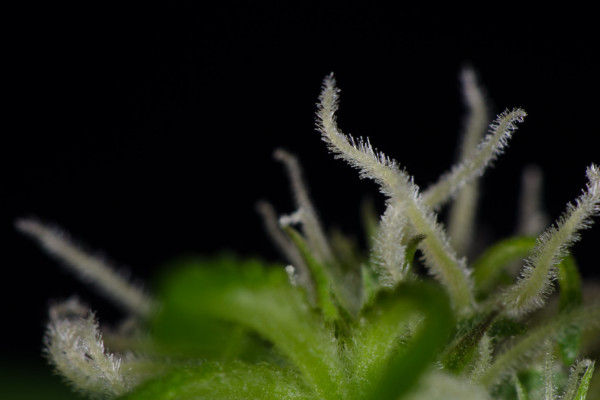
Cultivation of cannabis began in Central Asia about 12,000 years ago. This is the first plant that people could cultivate. Over time, this practice became popular throughout Eurasia and by 2000 BC. Cannabis began to grow everywhere, from Germany to Japan.
The history of autoflowering began precisely with wild cannabis, which is now called Ruderalis. It is not suitable for the production of linen, and smoking starts a headache. Its main distinguishing feature at that time was the ability to grow where cultivated marijuana is not able to.
What is autocolor
Auto-flowering marijuana is a special type of plant that can flower on its own, and does not care about the light regime. Often this process begins at 3-4 weeks of vegetation. Autoflowers have undeniable advantages: they are quite easy to grow, the result can be seen in a relatively short time. It is worth noting that autoflowering marijuana was unknown 30 years ago. On the way to finding out how autoflowers are made, scientists have gone through a very thorny path.
How autoflowers came about
Autoflowering marijuana seeds were created thanks to Ruderalis. This wild cannabis grows in cold climates with fairly short summers. For cannabis users, Ruderalis is of no value because it has a weak effect. At first it was a simple photoperiod plant, waiting for the daylight to decrease. Bushes bloomed in the midst of autumn, while they had little time for pollination, as the cold destroyed the branches with inflorescences. But soon evolution provided more time for pollination to take place. Ruderalis learned to bloom within a month from the moment the seeds sprout. The acceleration of vegetation has reduced the final size of cannabis. Autoflowers currently mature almost twice as fast as photoperiod cannabis.
In the 20th century, researchers developed 3 types of cannabis:
- Sativa;
- Indica;
- Rederalis.
At that time, growers only grew the first 2, completely ignoring Ruderalis. Some inquisitive growers tried to cultivate wild cannabis in the 70s of the last century, but as a result of many attempts, they were not able to add autoflowering genes and create a worthy plant. As a result, work was suspended.
Ruderalis was neglected until a certain point, when the Joint Doctor created the first autoflower strain called Lowryder. At that time, the doctor became interested in the rapid and active development of the Mexican Rudy variety, which came from Ruderalis and Sativa. The main problem with Mexican Rudy was that it had a rather low concentration of THC, and the yield was low. To solve the presented problem, the scientist decided to cross the Mexican Rudy variety and Northern Lights #2.
The cultivar, grown as a result of mixing 2 types of plants, was also re-crossed with William's Wonder. As a result, we managed to grow Lowryder soft - the first variety of autoflowering marijuana in history. He had an average level of intensity of the produced effect and excellent performance indicators. Many modern cannabis strains have been created from this unique autoflower.
But this variety was of interest at that time only from an academic point of view, as it was a novelty with a dubious taste and low yield. Others saw great potential in this cannabis. This plant was the perfect solution for growing cannabis at home. At the same time, the inventor of the first autoflower did not stop his work and continued to develop new varieties. Other experimenters also began their work.
Currently, autoflowering marijuana strains have only been on the market for 10 years. Modern autos such as the Tangi Matic can grow up to 1.5 m. There are also smaller plants (Blue Dreammatic) that grow more bushy and produce quite a lot of buds. At the same time, there are options with a high concentration of THC, which exceeds 20%. The taste didn't disappoint either - autoflowers have a multifaceted and deep taste, just like photoperiods.
